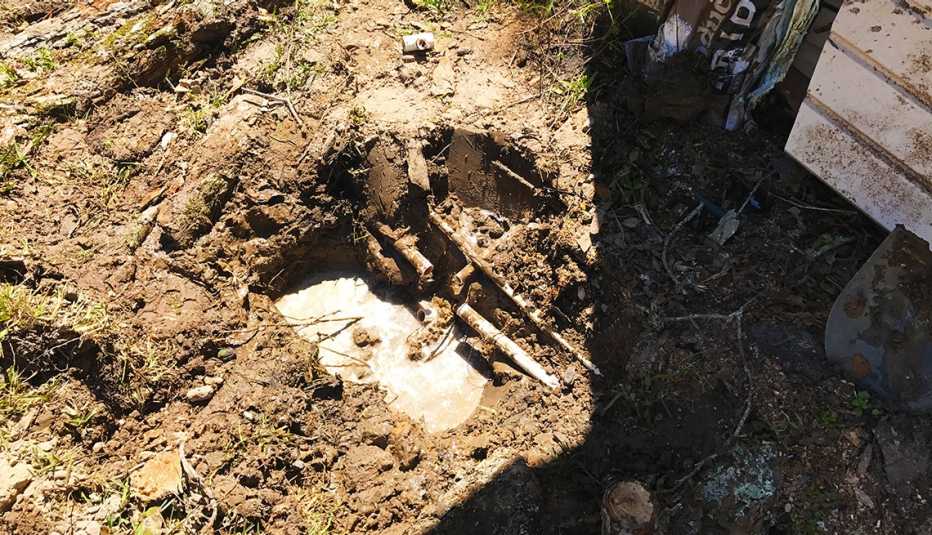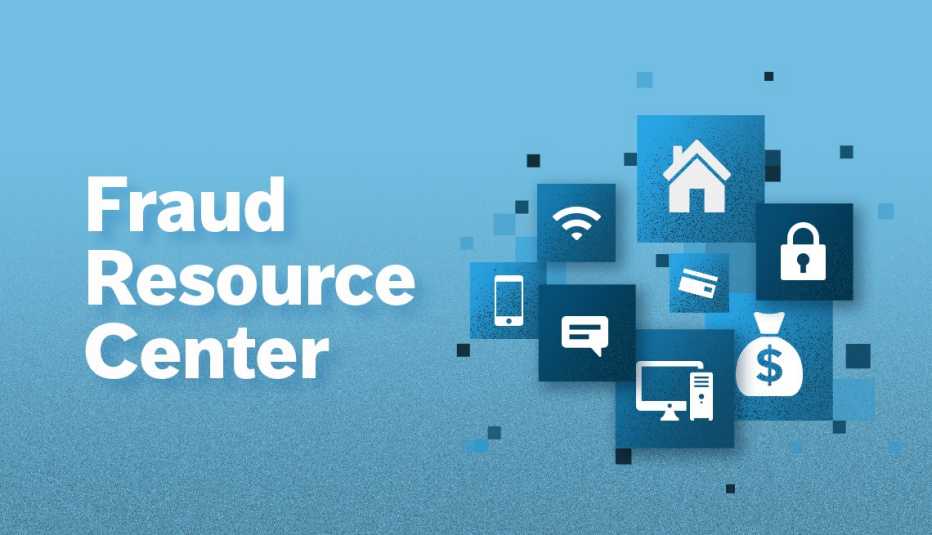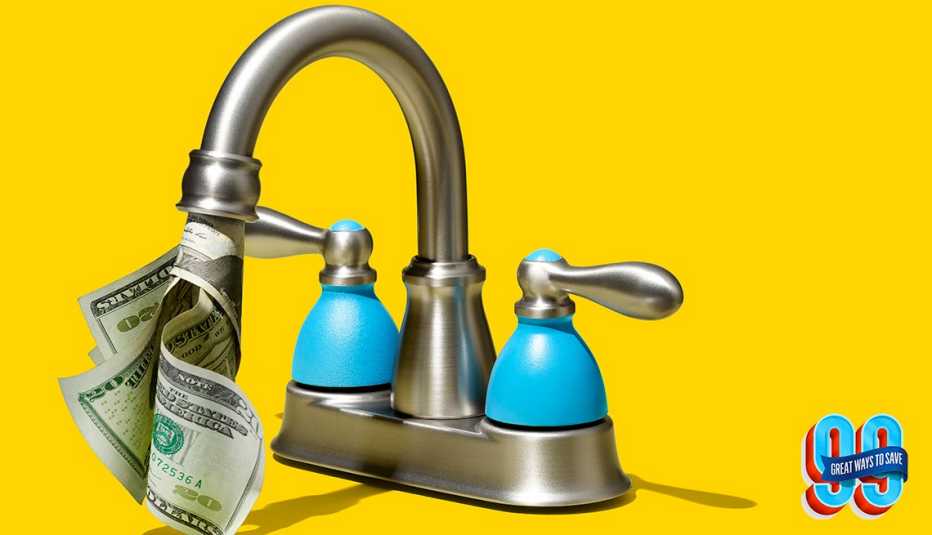Weatherization Assistance Program
Weatherization is the best way to cut utility bills. WAP helps low-income families lower their energy bills by making their homes more energy efficient. The U.S. Department of Energy provides funding to states, U.S. overseas territories and Indian tribal governments. Those governments have a network of nonprofits, community groups and local government agencies that provide weatherization services to households in each state. More information is available here.
Special preference goes to families with someone 60 or older, children, or one or more members with a disability.
See more Shopping & Groceries offers >
Utilities can help
Your utility company can help, too. If you are having trouble paying your utility bill or want more information on how to lower your energy bills, your utility should be your first contact. Many offer budget-billing programs that let you pay a set amount each month.
Some offer special protections for customers who have disabilities, are on Supplemental Security Income or are on medical life-support equipment. The utility company will devise an affordable payment plan or put you in touch with a nonprofit that may be able to help.
Ask about rate options as well. Some utilities offer a low-income rate discount. Others offer time-of-use rates that lower bills if you can move your consumption off-peak.
4 ways to cut utility costs
With or without help from government programs or your utility, you can still take steps to curb rising energy costs. Here are some ways to save.
Banish power vampires. The modern home has lots of devices that suck electricity even when turned off, costing an average of $100 per year, according to the Department of Energy. Chargers for phones, tablets and other cordless devices drink juice even when they are not charging anything, so unplug them when not in use. Likewise, turn off or unplug televisions, computers, cable boxes and game consoles — anything with a little indicator light.
Cover your windows. Homes lose about 30 percent of their heating energy through windows in the winter, and 76 percent of sunlight that falls on double-pane windows becomes heat in the summer. Consider blackout curtains.
Upgrade to LED lighting. You can cut the amount of energy used by your light bulbs by up to 90 percent if you switch from traditional incandescent bulbs to light-emitting diodes. LED lights also last 25 times longer, meaning you won’t spend as much on new bulbs over time.
Get all rebates and tax credits. States and some municipalities offer incentives for everything from installing solar panels to buying an electric car to upgrading home appliances. DSIRE, a searchable database of renewable-energy and energy-efficiency incentives maintained by North Carolina State University's NC Clean Energy Technology Center, can help you find programs in your state.
AARP Fights for Consumers on Utilities
AARP state offices advocate on behalf of consumers around the country for safe, reliable and affordable utilities. So far this year, AARP has notched more than 30 utility wins in 17 states, including things like expanding broadband access, preventing utility shutoffs, lowering utility rate increases and helping to ensure consumers have a voice in the utility rate-making process. Some examples:
California: State regulators adopted a more measured spending proposal on meters and pipeline replacement for Pacific Gas & Electric (PG&E), saving customers millions, after AARP pushback this year.
Illinois: People’s Gas customers avoided a $15 increase in the monthly customer charge — the flat fee on customers’ bills before charges based on energy use are added. AARP Illinois represented residents 50 and older in a rate case before the Illinois Commerce Commission, which regulates state utilities, and presented the commission with more than 15,000 petitions opposing the increase.
Kansas: Some customers of local utility company Evergy Inc. will see electric bills go down by an average of $6 a month, thanks in large part to lobbying by our state office. Other customers will see a smaller increase than Evergy proposed.
Oklahoma: Regulators approved a settlement with electricity provider Public Service Company of Oklahoma that slashed a proposed $14 average monthly residential electric bill increase to just $3.57 a month. Regulators agreed to approve a 2.5 percent residential rate cap and other AARP-recommended rate reductions. When combined with a decrease in the cost of fuel, the average customer will see their monthly electric bill drop by more than $13.
New Jersey: With a COVID-19-era moratorium on utility shutoffs expiring last year, AARP New Jersey fought for the passage of a law that protected thousands of residents who were at risk of having their utilities disconnected, but who were eligible for assistance to help pay their bills and make them more affordable.
Editor's note: This story, originally published on August 31, 2022, has been updated to reflect new information.






































































